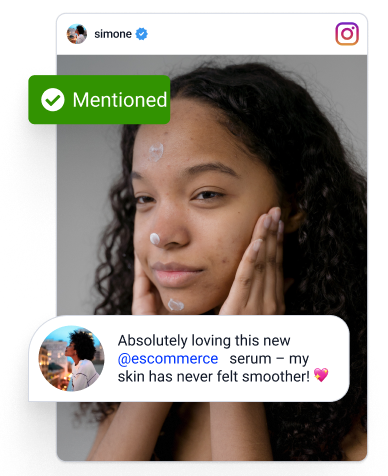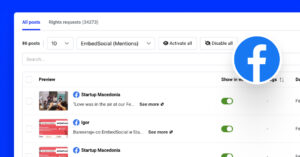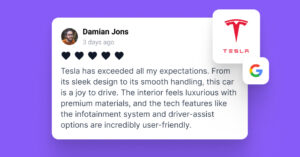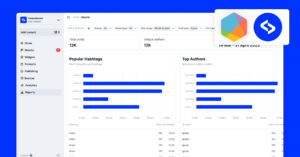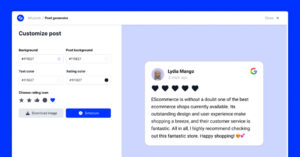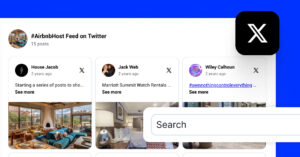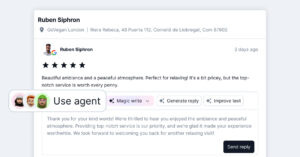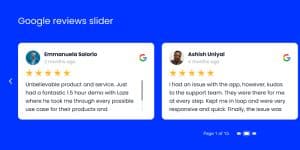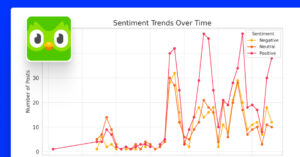TL;DR: Stop guessing, start winning with social listening
- Ignoring online conversations is no longer an option for ecommerce. Your customers are constantly talking about your brand, competitors, and their needs – you must listen.
- Social listening = actively tracking, analyzing, and acting on this feedback. This uncovers product issues, genuine user-generated content (UGC), competitor intel, and critical trends before it’s too late.
- EmbedSocial offers reliable, API-driven tools for this. Ditch risky scrapers and get stable insights to make smarter decisions.
- The payoff? Proactive crisis management, better content, stronger products, and a real competitive advantage. This guide shows you the essential steps to get started now.
For e-commerce brands, especially those with visual or lifestyle products, social commerce is now the primary arena for success. Yet, simply broadcasting content is no longer effective. The critical shift is from posting to social listening.
Daily, your customers share invaluable insights—opinions, questions, and desires—about your brand and competitors. Overlook this, and you risk obsolescence. Social listening empowers you to tap into these conversations, act decisively, and lead trends.
This practical guide details how EmbedSocial helps you immediately harness this power, transforming feedback into measurable results.
What is social listening for e-commerce? (the no-fluff definition)
Social listening is the disciplined practice of tracking, analyzing, and, most importantly, acting on what people are saying about your brand, your competitors, and your market across all relevant social media channels. It goes far beyond a cursory check of likes or comments. It’s the essential foundation of an effective social listening strategy that gives you direct access to live consumer conversations and indispensable social listening insights.
This is about uncovering genuinely actionable insights—like which specific product features are deeply loved or intensely hated, what influencers are organically talking about you, or precisely when a competitor is trending for all the wrong reasons (and how you can learn from it).
With the right social listening tools, you can:
- Monitor real-time brand mentions and critical customer feedback
- Respond to negative sentiment swiftly, before it escalates into a crisis
- Find creators and influencers already authentically talking about you
- Track emerging social media trends and use them for tangible product ideas
- Measure your actual share of voice and adjust your messaging for impact
- Align your content directly with audience preferences and your marketing strategy
- Support your core business goals through rigorous brand monitoring and market research
Let’s break down exactly how to set this up in EmbedSocial.
Step 1: Connect your social channels
Note on scrapers vs API access (a crucial distinction): Many “social listening platforms” unfortunately rely on scrapers—unofficial, often unreliable methods that fetch data by mimicking user activity. These methods are inherently fragile, can directly violate platform policies, and frequently get shut down. That means you can lose access to key social media data overnight, crippling your efforts.
EmbedSocial only uses official APIs from Instagram, X (Twitter), TikTok, Instagram, and YouTube. That means stable, secure, and scalable data collection that supports reliable social monitoring and analysis. This isn’t a luxury; it’s a necessity for serious brands.
Now let’s set up your data source in EmbedSocial:
How to connect a social media account:
If you don’t have an account yet, start a free trial.
- Log into your EmbedSocial account and go to the sources tab in the main menu.
- Click “Add new source” and choose the platform (Instagram, YouTube, or X).
- Authenticate your account through the official login flow (secure and direct).
- Once authorized, EmbedSocial will start collecting data, including posts, brand mentions, hashtags, and tag-based content.
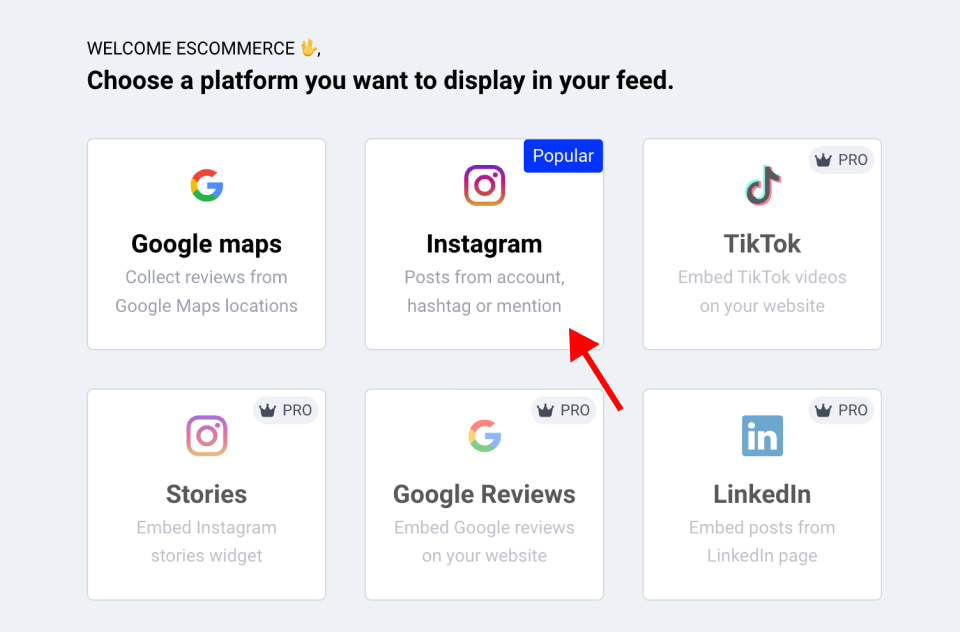
Your social listening dashboard will begin updating in real-time. From here, you’re ready to filter and start purposefully listening.
Step 2: Filter and organize the content
Thousands of social media posts may flood in weekly. This isn’t about passively observing; it’s about strategic extraction. Here’s how to manage the flow and turn noise into valuable insights:
- Filter by platform, highly relevant keywords, or actionable sentiment
- Tag posts like “Urgent: product praise,” “Critical: shipping complaints,” or “Intel: competitor comparison”
- Create folders per marketing campaign, key product line, or specific influencer for better visibility and focused action
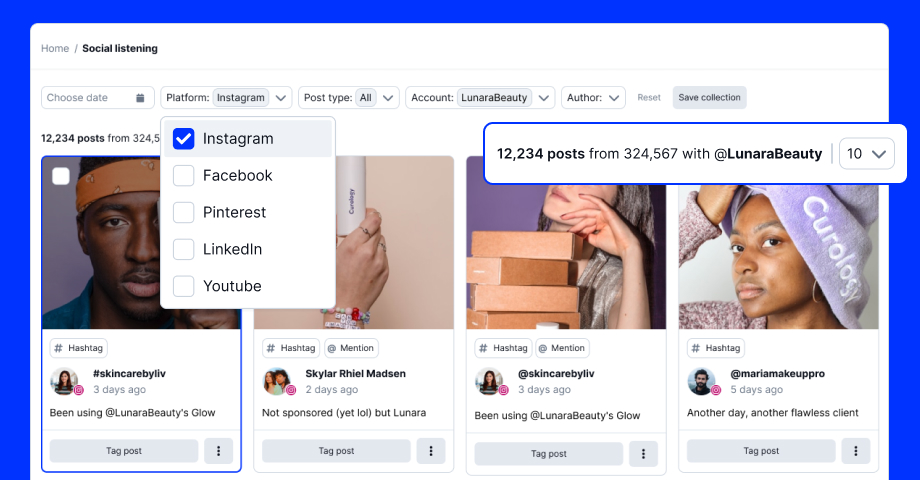
This helps you identify crucial sentiment trends, proactively improve customer satisfaction, and systematically refine your social media strategy.
Step 3: Reuse top mentions as UGC
You’re sitting on a goldmine of user-generated content. Highlighting authentic posts from real fans consistently outperforms even the most polished ad.
EmbedSocial lets you:
- Discover great content from social media users and approve it in seconds
- Repost or embed it directly into your website or social media campaign
- Use UGC across your ads, emails, and content workflows for demonstrably higher engagement
To repost UGC content, just follow these sites:
- Click on the spot next to Repost.
- In the Publishing screen, choose the accounts and edit the caption.
- Set up the scheduling time and date, and click Schedule or Publish now.
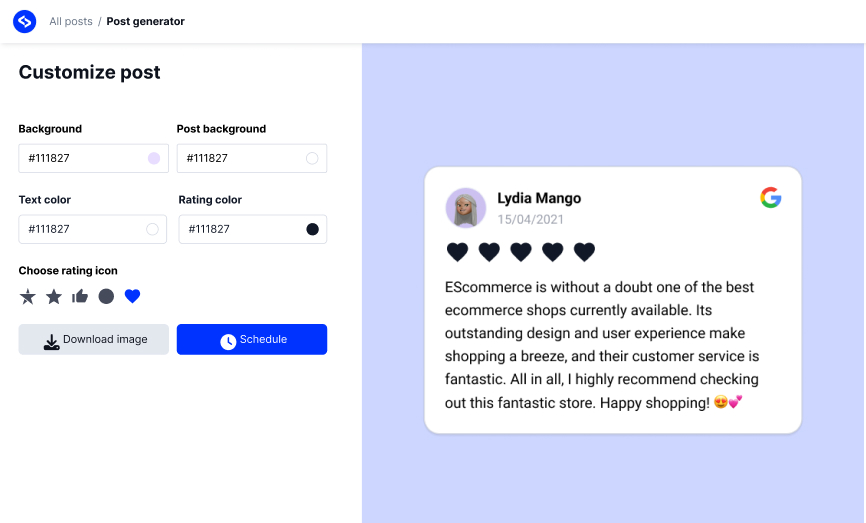
Step 4: Request rights to use influencer content
Want to run an ad using that amazing unboxing video someone tagged you in?
Ask for usage rights directly in the dashboard. Don’t risk legal issues or damaging creator relationships. Once approved, organize and track everything in one place—supporting brand loyalty, building trust, and enabling streamlined, compliant content creation.
Here are the steps ot ask for rights:
- Click the Request rights button in the actions options
- In the popup choose the message and make sure you’ve installed the Chrome extension that will allow the DM message to go to the user
- Send the comment.
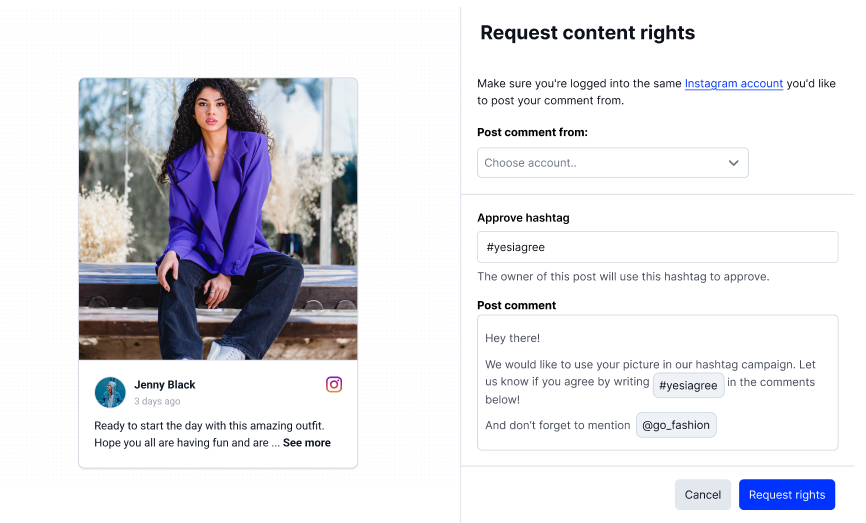
Step 5: Get insights and reports that actually help (and drive decisions)
Go to the Reports page to break down:
- Your share of voice vs competitors (know where you truly stand)
- Which social media platforms bring the most significant brand activity
- Top-performing creators, most relevant hashtags, and pivotal conversations
- Sentiment around your products to directly improve your customer experience
- Key takeaways for analyzing online conversations and extracting audience insights
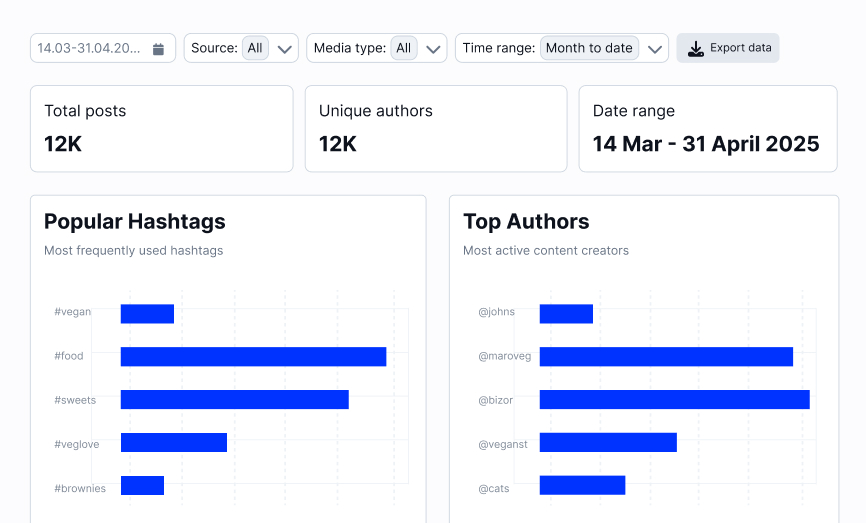
Use these insights to tweak content, empower your customer service team with actionable information, and fuel smarter, more effective marketing efforts.
Step 6: Embed shoopable widgets and sell more
Turn social proof into sales by making your customer content shoppable directly on your eCommerce site.
Here are the steps on how to embed the Shoppable widget:
- Go to Products, and link your eCommerce product catalog to EmbedSocial – connect Shopify or pull products from your Google Merchant studio .
- Go to Widgets and create a widget that will show the product tags with the UGC content.
- Click Links, and specific products directly onto your chosen social posts or reviews.
- Copy the widget code and paste it onto your product pages, homepage, or dedicated social proof sections.
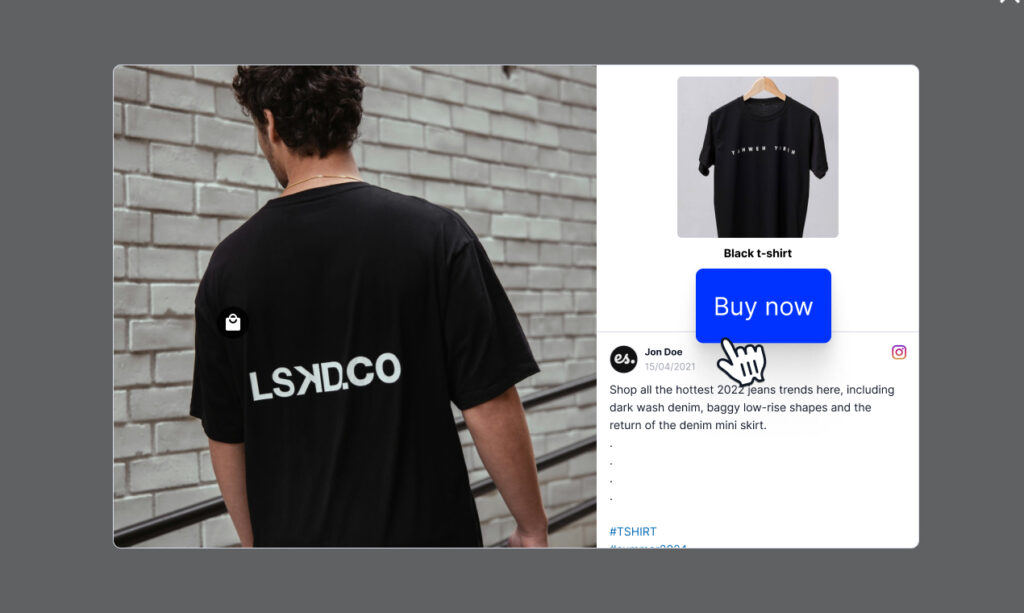
Result: Customers see authentic content and can click to buy immediately, boosting conversions.
Related:
Practical benefits of social listening for e-commerce brands
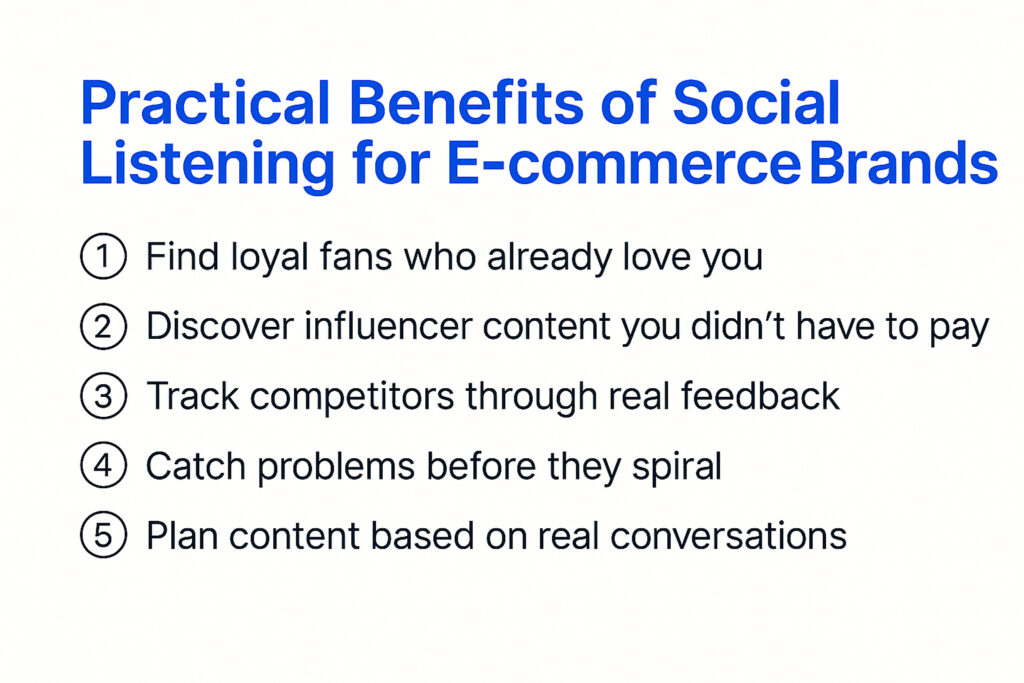
- Find loyal fans who already love you (and engage them)
- Customers are posting without being asked. Use social media listening tools to identify and celebrate these invaluable voices.
- Discover influencer content you didn’t have to pay for (and leverage it)
- Micro-influencers are tagging your products. Spot them early using social listening metrics and build authentic, mutually beneficial relationships.
- Track competitors through real feedback (and gain an edge)
- Use social media monitoring tools to gather insights for strong competitor analysis and spot crucial gaps in the market.
- Catch problems before they spiral (and protect your brand)
- Use sentiment analysis to detect and act on negative sentiment before it damages your brand reputation.
- Plan content based on real conversations (and increase relevance)
- Monitor online conversations and use social listening insights to build stronger campaigns perfectly aligned with audience demographics and current trends.
And finally want to see it live?
You’re already falling behind if you’re not actively listening.
Let us walk you through a focused 1:1 demo—no strings attached. We’ll show you exactly how you can:
- Monitor mentions across all key social media platforms
- Turn raw social media data into genuinely actionable insights
- Build automated workflows for collecting, tagging, and reusing valuable UGC
- Improve your marketing campaigns with direct, real user input
👉 Book a free demo call and start listening to your market before your competitors gain an even greater advantage.
Frequently asked questions (FAQ)
What’s the difference between social listening and social media monitoring?
Monitoring is more passive; it tracks mentions. Listening is active; it analyzes meaning, tone, and market trends to inform strategy. Monitoring is knowing what is said; listening is understanding why and what to do about it.
Why is social listening important for ecommerce brands?
Because your next big product idea, your next potential crisis, or your competitor’s next move is already being talked about online. You just need to be equipped to hear it and act decisively.
Which platforms can I monitor with EmbedSocial?
Instagram, X, and YouTube—all fully API connected and compliant for reliable and ethical social monitoring.
